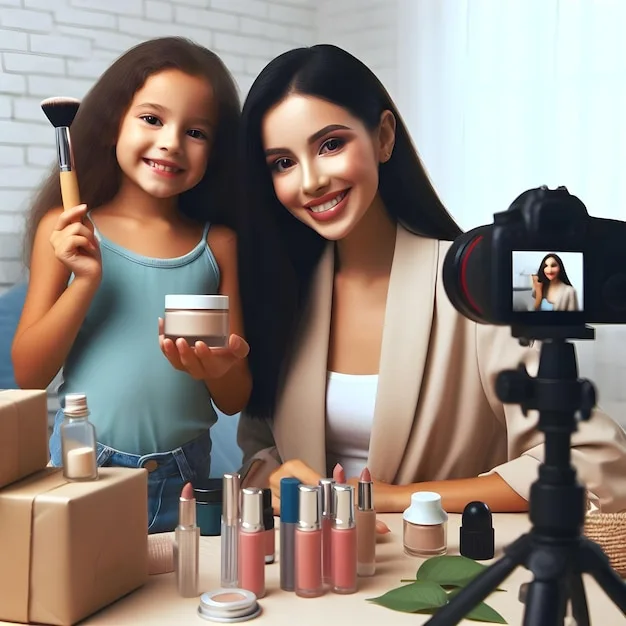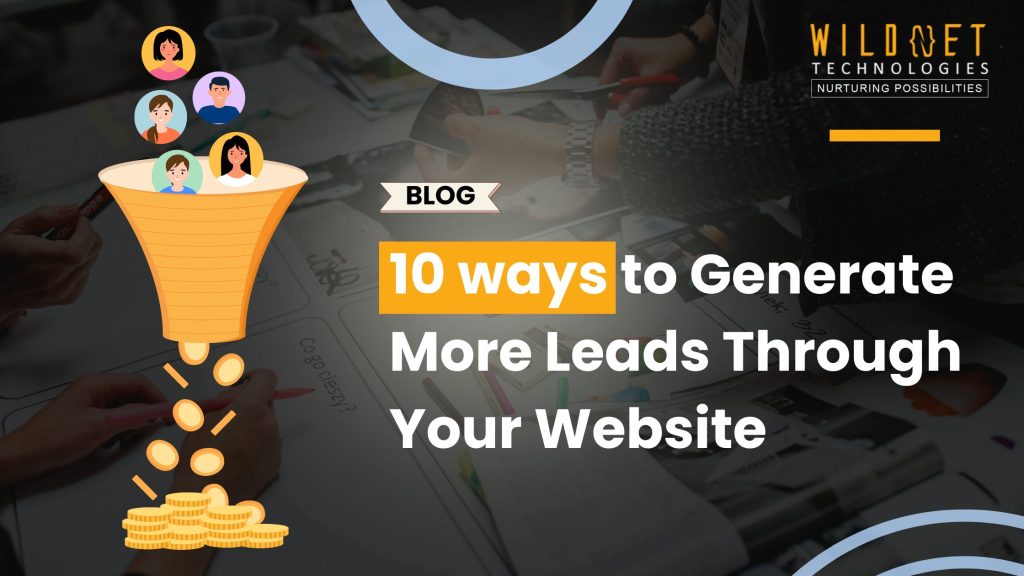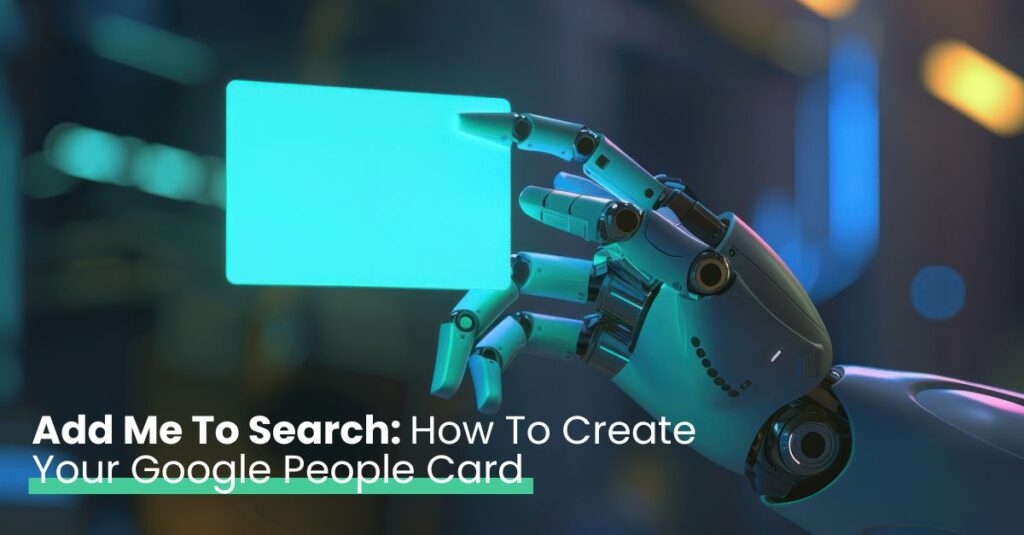Key Takeaways
- Do you use Influencer marketing for your Beauty Brand?
- Is your Influencer Marketing for Beauty Brands optimized for 2024?
- Read our blog below to learn about the top 3 influencer marketing campaigns in 2024 via 3 case studies!
Among all marketing strategies, one has proven its value in the surrounding changes. And influencer marketing for beauty brands is no longer a trend but rather a requirement.
The impact of Influencer Marketing for Beauty Brands and its effectiveness have been supported by facts and figures. There is a possibility of influencing the intent of purchase, creating loyal customers, and yielding insane returns on investment ROI.
So,
– What steps should beauty brands take in order to harness this technique in the most effective way?
– What can they do to make sure that their iInfluencer Marketing for Beauty Brands brings a considerable return on investment?
This article explains the principles of Influencer Marketing for Beauty Brands. Its effectiveness, its place in the system of corporate relations, and its contribution to the development of beauty marketing will be discussed.
We will discuss and examine three beauty brands that used the beauty influencer marketing strategy and were most pleased with the outcomes. These case studies are practical and can be used by brands that intend to implement or expand the influencer marketing strategy.
Whether you’re a CMO, a brand manager, a keen follower of luxury beauty brands, or a small beauty brand owner, this guide is for you. Let’s proceed and explore the potential influence of beauty marketers.
The Beauty Industry Growth Driven by the Adoption of Influencer Marketing for Beauty Brands
Eventually, influencer marketing has well occupied the position of being the most important strategy in the beauty industry. This is a strategy that has developed tremendously in the period of ten years.
The main factors contributing to this consumer base are the digital advancement and the onset of social media. There are Instagram, YouTube, and, for the younger generation, TikTok, which all have some beauty influencers.
These platforms enhance these influencers’ abilities to carry out tutorials, unboxings, and ‘get ready with me’ videos. These avenues also change the way people learn about or interact with beauty products.
Below are some important facts that shed light on the growth of influencer marketing in the beauty business:
- The total influencer marketing industry is estimated to reach up to 15 billion US dollars in the year 2022.
- 89% of marketers say that the ROI they get from influencer marketing for beauty brands is on par or better when compared with other strategies.
- 63% of these brands say that they will allocate more funds to influencer marketing in this year or even the coming year.
Why Utilize Influencer Marketing for Beauty Brands?
Beauty brands utilize influencers for a multitude of reasons. For starters, influencers are closer to the consumers. These are people who have retained their followers and have their credibility; therefore, their endorsement counts.
Secondly, influencers can target and assist brands to penetrate certain regions. For example, Gen Z consumers are more influenced by what their favourite influencers wear than advertisements.
Lastly, influencers can also help market products by demonstrating them effectively. Tutorials can be used to depict how different products can be used to bring forth the important features to the potential buyers.
Defining ROI when it comes to Influencer Marketing for Beauty Brands
ROI, which stands for Return on Investment, is a measurement that is very central to any marketing program. As for influencer marketing, in particular, this means what the brand will receive for its investment into an influencer ad campaign.
Measuring market share can be done in many different ways. As an example, it can be the revenue from the increase of the brand awareness or even an increased count of social media followers.
Although some marketers overlook this, it is vital for brands to be wary of their ROI. This enables them to evaluate the efficiency of the influencer campaigns and decide on the optimum investment in the next one.
Selecting the Right Influencer Marketing Tactics to Ensure High ROI
Selecting the right influencer marketing tactics is critical in order to obtain high ROI from any influencer marketing effort. It starts by knowing the core principles and brand image of your company.
All marketing activities that incorporate influencers should be compatible with and support this set of values. This means that the influencers you can engage will be accepted by your main audience.
The next step is understanding the type of influencers that you would like to collaborate with. Micro-influencers, in most cases, have a more actively participating audience, and most of the time this can translate to better ROI than working with mega-influencers.
There will be steps in the document where strategy on influencers’ marketing that can give the best ROI will be discussed:
- Determine the goals you would like to achieve through the influencer marketing campaigns and define measurable KPIs.
- Choose the most effective contacts to promote your brand.
- Create content that helps the brand connect with its target audience through the key opinion leader.
- Establish and evaluate the results of your campaign.
- Adjust your approach accordingly.
Choosing the Right Social Influencers for your Brand
Choosing the right Influencer Marketing for Beauty Brands is of paramount importance. No, it is not about how many followers an influencer is boasting.
It also depends on how well their posts engage people, the quality of the posts, and the socio-demographics of their followers. These below items can help in determining effective influencer marketing.
Try looking for influencers using influencer marketing platforms. These platforms can help you search influencers suitable for your brand and who have an engagement and conversion performance.
Creating Great Brand Ambassador Programs
Brand ambassador programs can be a good source of high ROI. These are programs where influencers are partnered with the marketers on a long term basis.
The influencers in such collaborations are your company’s messengers. They actively market your products on a continuing basis and provide wonderful narratives appealing to their audience.
Brand Ambassador Programs can help improve brand equity and customer loyalty. In addition, they can help you gather useful insights about your target market and customers so that you are able to improve the products and the marketing.
Evaluating the Efficiency of the Campaign: Performance Indicators
Evaluation of the installed marketing tools and the marketing campaign of the company as a whole should also be conducted. This is done by measuring the campaign through the appropriate key performance indicators (KPIs).
KPIs include social perceptions quantified in practice by the number of likes, comments, and shares of a post. It may also include the count of new followers, website visits, and sales as a direct outcome of the said campaign.
Be sure to define reasonable key performance indicators beforehand in order to maximize the scope of adjustments necessary to enhance campaign performance after.
Do not forget that the end result of an Influencer Marketing for Beauty Brands campaign is not simply driven by revenue. It is also concerned with the creation of visibility regarding the brand, nurturing the trust in the clients, and enabling growth in the future.
Case Studies on Influencer Marketing for Beauty Brands
In the following pages, we will go through some case studies of beauty influencer campaigns that resulted in high ROI. These case studies shows how effective influencer marketing can be in the hands of those who do it correctly.
Each case study brings out a unique feature in terms of influencer marketing for beauty brands. From the management of micro-influencers to establishing them as long term assets, these campaigns demonstrate the many facets that beauty brands can employ to achieve growth.
Case Study 1: Micro-Influencers Driving Niche Engagement
For our first case study, we have a beauty brand that used a micro-influencer strategy to focus on a specific niche. The easy setting is a straightforward brand—a small indie makeup company with a goal in their sights, a core target audience, young creative people with money and interest in exquisite products.
The values of these posts were similar to those of the brand, so they collaborated with and sponsored several of these micro-influencers. These influencers were able to craft genuine content that appeals to their audiences. The effect? Increased brand visibility and sales, proving that micro-influencers do make a difference and have good return on investment.
That, however, is beyond this presentation that focusses on the application of influencer marketing strategies in the beauty industry.
Case Study 2: Harnessing User-Generated Content for Brand Authenticity
Our second case study features a case of a skincare brand that capitalized on user-generated content to enhance brand authenticity. The brand engaged its customers to post pictures or videos of themselves using the brand’s skincare products and the results on social media platforms while tagging the brand.
Not only did this tactic create a large amount of genuine content, but it also helped to develop a brand-centred culture among the customers. Marketing through these platforms resulted in high customer retention and engagement for the brand, exemplifying the impact of user generated content in influencer marketing.
Case Study 3: Long-Term Partnership and Brand Development
In our last case study, a beauty brand had an extensive and ongoing collaboration with a famous beauty blogger. Due to the popularity of the influencer who had an extensive and cooperative audience, she represented the brand.
With time, it was also possible for the brand to acquire new customers as well as increase the sales revenue. The honest endorsement of the products by the influencer created a warm reception for the brand by her followers, leading to good engagement and high conversion rates. This case study demonstrates the advantage of long-term collaborations within influencer marketing over short term ones in the context of sustaining brands and return on investment.
How Influencer Content Features in Other Marketing Efforts?
Influencer marketing should not exist in a bubble. It is essential to include influencer content within the entire marketing mix. This practice prevents the scattered approach and the ineffective outcome of the campaigns.
Influencer generated contents are capable of being used again in a couple of marketing platforms. For example, you can utilize influencer posts on other social media accounts belonging to the brand. Influencer reviews can be included on the company’s website as well as on branded emails.
Also, influencer content may become the basis of your product development. This is because the influencers are often aware of what the consumers want. Therefore, they can provide feedback that would help you adapt your products to suit the people you wish to sell them to.
To summarize, such an approach can help increase brand awareness, reputation, and positive brand image by bringing influencer content into the entire marketing. It will also allow you to manage relationships with your clients more efficiently and foster business growth.
The Future: Influencer Marketing for Beauty Brands 2024 and Beyond
As we human creativity undergo that development in the coming years, there are several beauty marketing trends that are likely to be transformative. These trends are a response to the changing habits and preferences of consumers, as well as technological evolution.
The rise of virtual influencers:
Virtual influencers, for instance, such as Lil Miquela, are on the rise. These computer-generated influencers are always on, even 24 hours a day, interacting with the audience and getting new aspects of promoting a brand.
The importance of diversity and inclusivity:
Beauty brands are being called upon by their consumers to promote more diversity and inclusivity. This is a factor that is probably going to affect the selection of influencers and the types of marketing campaigns.
The growth of video content:
Video content, especially on sites such as TikTok and YouTube, is most likely going to be the order of the day for beauty marketing. This trend will require brands to readjust their policies to tap into it.
The focus of sustainability:
With customers becoming more aware of the environment, the beauty industry will have to find ways of being more sustainable. This may include working with influencers that promote sustainability and not wastefulness.
These trends present wonderful opportunities to beauty brands. Brands that are ready to embrace and keep track of these trends have chances of making their marketing strategies relevant and more effective.
Conclusion: Influencer Marketing for Beauty Brands in 2024
Influencer marketing has transformed the beauty industry. It has allowed brands to interact with consumers more efficiently by building a perceived connection in particular towards the provided content. Using the strength of influencers, beauty companies can get more attention, trust, and repeat clients.
Forecasting the future of the beauty industry, influencer marketing remains one of the most important strategies. Nevertheless, brands can always tweak their methods as consumer trends shift and new technologies are introduced within the target market. Instead, the impact of the essence of influencer marketing, which includes authenticity, engagement, and trust, will always remain.
Wildnet Technologies is your number one choice for partnering up for influencer marketing for beauty brands!
Read More
- Humanize Beauty Industry SEO Marketing Strategies & Examples in 2024
- 5 Beauty Advertising Strategies to OutShine in 2024
FAQs
FAQ 1. What are some examples of high ROI influencer marketing campaigns in the beauty industry?
Ans: Sephora Spain, Rimmel, and NEOXIN’s influencer marketing campaigns are examples of top ROI generators in the beauty industry.
FAQ 2. How can beauty brands choose the right influencers for their campaigns?
Ans: You find their relevance, engagement, content, reach, cost, and platforms covered to figure out the best influencer for your beauty brand.
FAQ 3. What metrics should beauty brands track for influencer marketing success?
Ans: Follower count, engagement ratio, non follower count, and more should be used to track influencer marketing efforts’ success.
FAQ 4. How do you measure the ROI of influencer marketing in beauty?
Ans: We calculate the leads and the revenue generated from them in comparison to the investment put in to generate them to factor in the ROI of influencer marketing.
FAQ 5. What are the key factors that contribute to a successful influencer marketing campaign in beauty?
Ans: Choosing the right influencer and social media platforms, apt content, visualy appealing creatives and more are the key aspects of a successful influencer marketing campaign.







